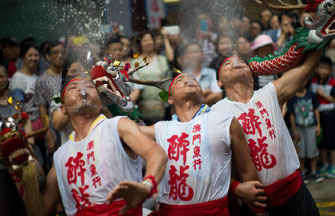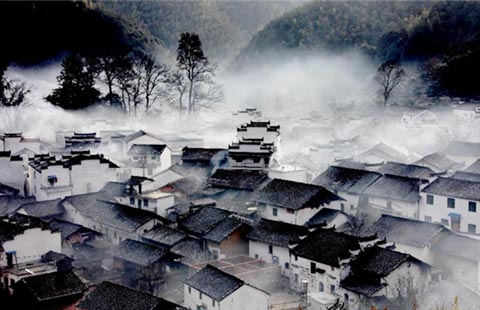Western Xia Mausoleums to reveal much bigger picture
( Chinaculture.org ) Updated: 2015-05-29 13:27:57
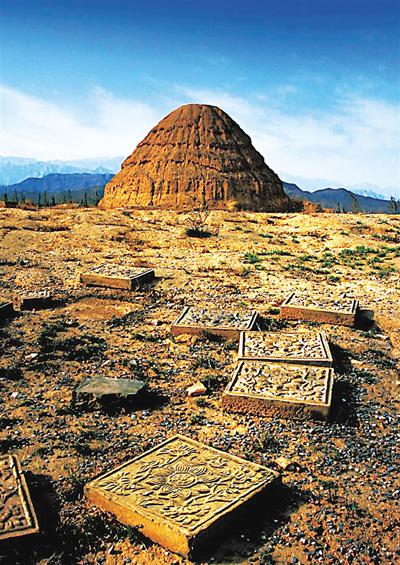 |
|
A view of Western Xia Mausoleums. [File photo] |
A much bigger complex of Western Xia Mausoleums is expected to appear as its application for the world cultural heritage status gets underway.
Dubbed as the "pyramids in the East", Western Xia Imperial Tombs are the royal mausoleums of the emperors in the Western Xia Dynasty (1038-1227), the Tangut Empire in the Chinese history.
Situated at the eastern slope of the Helan Mountains, a western suburb about 35km away from Yinchuan city of Northwest China's Ningxia Hui Autonomous Region, the tomb complex are the best-preserved historic cultural heritage representing the Tangut civilization.
It consist of nine imperial mausoleums, 254 subordinate tombs, one site of large architectural complex and more than 10 brick-and-tile kiln sites in an area of some 50 square kilometers.
The declaration of the world heritage of Western Xia Mausoleums was launched in November of 2011.
In the past several years, Chinese central and local Ningxia governments have spent more than 100 million yuan on the conservation works to restore the Western Xia Mausoleums.
So far, the No 1 and No 2 royal mausoleum on the southernmost of scenic spot of Western Xia Mausoleums have been opened to the tourists since last September.
"According to our plan, we will successively build museum and Relic Park, and open more areas of the royal mausoleums to enable tourists to get a more complete understanding of a short but brilliant Western Xia Dynasty in history," said Zhou Wei, director of the Planning Section of Administration Office of Western Xia Mausoleums in Yinchuan.
|
|
|
|
|
|
|
|


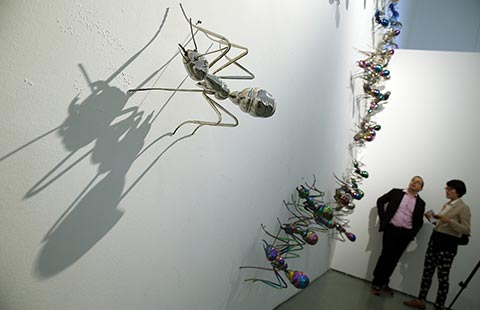
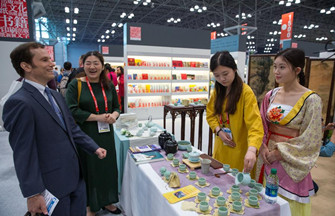
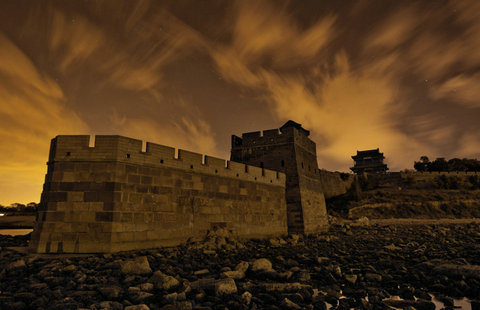
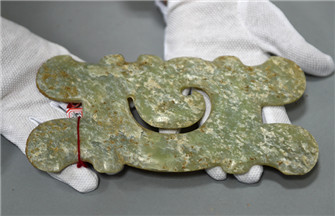

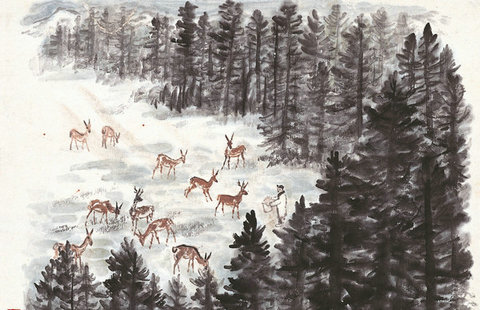






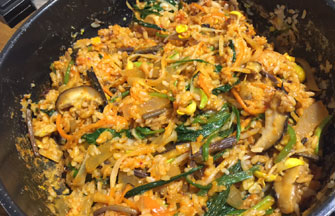





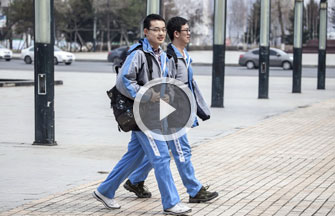


 Raymond Zhou:
Raymond Zhou: Pauline D Loh:
Pauline D Loh: Hot Pot
Hot Pot Eco China
Eco China China Dream
China Dream China Face
China Face



